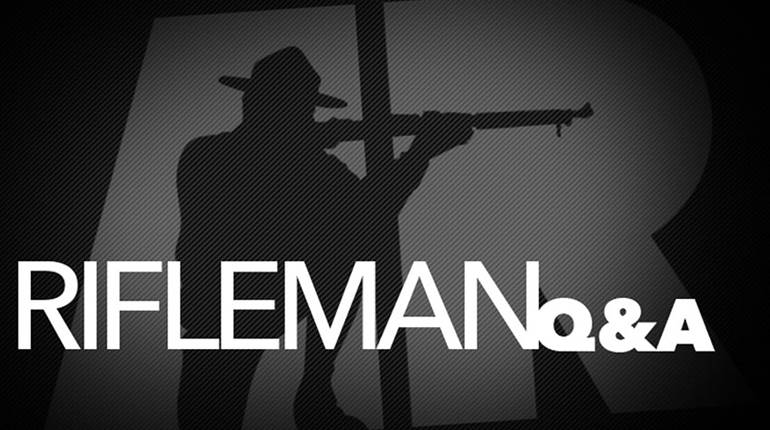
Q: I remember hearing the term “M1 thumb” used by my uncle, who carried an M1 Garand during the Korean War. More recently, I’ve seen it mentioned in the pages of this magazine. What exactly does this term mean?
A: After firing the last round from an M1 Garand, the empty en bloc clip is automatically ejected and the bolt locks back, exposing the open receiver. To properly reload the Garand, another eight-round clip is pushed down into the receiver using the thumb of the shooting hand, while the outside edge of that same hand is pressed back against the operating rod handle to keep it from flying forward.
Once the clip is fully inserted, the spring-driven bolt unlocks but is prevented from moving forward because it is still being held back by pressure from the hand. The thumb—and, in fact, the entire hand—is then quickly raised up out of the way, and the bolt is allowed to slam forward, chambering a round in the process.
But sometimes a shooter does not move the thumb fast enough before releasing the bolt, which happened in training or even combat to some G.I.s, or the bolt does not lock completely open, and it slams forward prematurely.
Either way, the bolt can smash into the thumb, resulting in what has become known as “M1 thumb,” which is not only painful, but embarrassing, and can result in a blood-blackened or shattered thumbnail. In recent years, the term “Garand thumb” has also been used to describe this unpleasant situation. No matter what it’s called, Garand shooters and collectors should obviously try to avoid it.
Note: The latest device designed to alleviate “M1 thumb” is made by Mountain Aerospace Machining and is available at m1thumbsavers.square.site—The Eds.





































